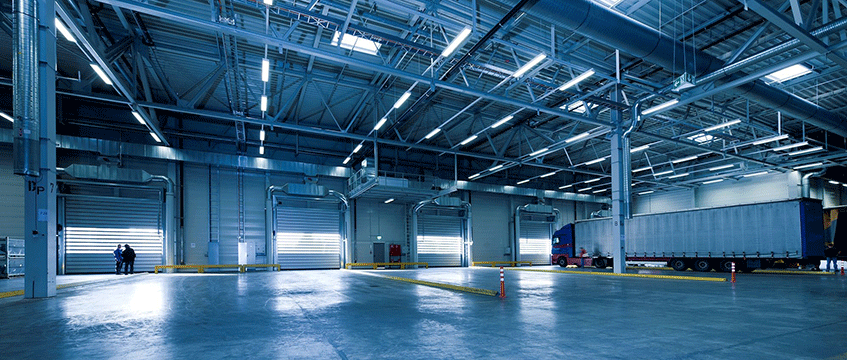Prime industrial land values show signs of recovery
Industrial land values in the UK have shown signs of recovery after reaching an average of £1.8m per acre, according to research from Colliers.
Colliers’ industrial rents map found that the average has increased from £1.5m per acre at the beginning of Q1 2023.
However, the research estimated that values remain 36.9% down on the market peak of Q2 2022.
Industrial land values in the UK have shown signs of recovery after reaching an average of £1.8m per acre, according to research from Colliers.
Colliers’ industrial rents map found that the average has increased from £1.5m per acre at the beginning of Q1 2023.
However, the research estimated that values remain 36.9% down on the market peak of Q2 2022.
Colliers said that reduced levels of activity over the past 15 months has made it difficult to fully analyse the market.
Colliers said some prime areas, such as the Golden Triangle in the Midlands, some core South East markets and most London submarkets, have seen the beginnings of a resurgence in land values, despite yields having not compressed yet this year.
The average prime headline rent for distribution warehouses measuring more than 100,000 sq ft rose by 10.1% year-on-year to £10.9 per sq ft in Q3 2023.
Rents grew by 9.3% year-on-year to £14.2 per sq ft at smaller facilities and in the multi-let sector.
London and the South East were most affected by outward yield movement, owing to their higher land values.
The average value in London stands at nearly £5m per acre, compared to £3.8m in Colliers’ previous study. Across the South East, the average shifted to £1.6m, from £1.5m.
Prime headline rents for multi-let and mid-box assets in London rose by 9.2% to an average of £25.4 per sq ft year-on-year to the beginning of Q3.
Colliers head of industrial and logistics Len Rosso said: “At the beginning of the year market sentiment was very negative – there were predictions of one of the longest recessions on record, and that higher borrowing costs would result in a significant number of forced sales, but ultimately that has not materialised and we are seeing resilience with some investors, particularly those that are cash-rich, focused on the medium- to long-term.
“At the same time landowners are holding out for a price that they think reflects their asset’s medium-term value, rather than having knee-jerk reaction to current market dynamics.
“While occupier demand has come down from the pandemic peak, it is still there, particularly for those who have a need to move due to lease events or contract-led requirements.”
Andrea Ferranti, head of industrial research at Colliers, said: “Despite the difficult economic conditions, uncertainty over exit yields and elevated debt cost environment, land values in core markets have increased due to the resilient occupier demand, robust rental growth, strong investor appetite for value-add investments and an acute lack of development land, particularly in London.
“We remain cautiously optimistic there will be sustained rental growth and investors will look to position themselves on the right side of the real estate cycle as soon as there is confidence in the normalisation of monetary policy.”
To send feedback, e-mail pui-guan.man@eg.co.uk or tweet @PuiGuanM or @EGPropertyNews
Photo © EFAFLEX_Schnelllauftore/Pixabay











